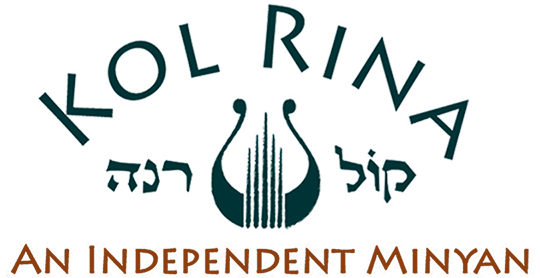Haftearat Matot begins with the first chapter of Jeremiah and concludes with the beginning of Jeremiah’s second prophesy. It is the first of three “Haftarahs of Rebuke” that are read in the three Shabbatot preceding Tisha Be’Av – the date of the destruction of the Temple. These haftarot narrate the warnings of the pending doom that were given to the people of Judea by our prophets. Today’s and next week’s haftarot are from the prophet Jeremiah, and the one read on Shabbat just prior to Tisha Be’Av is from the Book of Isaiah.
Jeremiah was born in Anatot outside Jerusalem. He lived and prophesized in Jerusalem during the reign of the last five kings of Judea, (two of whom lasted only 3 months on the thrown): the reformer king Josiah, his son Jehoahaz, Josiah’s second son Jehoiakim, Jehoiakim’s son Jehoiachin (who was exiled to Babylon after he rebelled only 3 months after his ascent to the thrown), and finally the last king of Judea Zedekiah also Josiah’s son. In total, Jeremiah acted in Judea for about 30 years until his escape to Egypt after the destruction of the Temple in 586BCE.
These 30 years were perhaps the most turbulent years in the history of Judea during the ancient kingdom period. During that time, Jeremiah witnessed the rise and fall of mighty empires; the struggle of the kingdoms of the north against the mighty kingdom of Egypt in the south. He witnessed the defeat of Assyria by the Egyptian Pharaoh Necho- the same mighty Assyria that just 30 years earlier stormed the northern kingdom of Israel, destroyed its capital Samaria and exiled its people, and only miraculously spared Jerusalem. He saw the subsequent rise of the Babylonian empire. He saw Judea tossed around like a nut shell in a stormy sea, between the big and mighty powers each, in turn, sacking the treasures of the little kingdom and imposing heavy tolls on its inhabitants. He was there when Nebuchadnezzar sacked the city for the first time in 597BCE and exiled King Jehoiachin and then for the second and last time 11 years later when he brutally crushed King Zedehiah’s rebellion, destroyed the Temple, exiled the king and the ruling class, and punished Zedekiah with unimaginable cruelty. Jeremiah tried to make sense of all of this. He saw it all coming and tried to influence the course of events. He believed that all events have a cause and a reason and are directed by God’s hand. He saw the moral corruption and idolatry among the Jews and believed that it would bring about the destruction of his people. His warning went unheeded and he stood alone confronting the king and the ruling class, sometimes thrown in prison, compelled to deliver his message; a message of pending doom that can be averted by repentance.
Our haftarah is Jeremiah’s first prophesy received when he was a young boy perhaps 9 or 10 years old; a child, as he refers to himself. After a brief biographical and historical introduction he describes two visions: In the first vision God shows him a branch of an Almond tree – Shaked, in Hebrew. God explains the vision saying: “You saw well because I will diligently deliver on my word.” There is a word play in the text: Shaked – Almond, and Shoked – being diligent. The second vision is that of a seething pot facing north. Again, God explains to him the vision: “Out of the north the evil will break open upon all the inhabitants of the land.” Next come the actual prophesy: It is an explicit warning – God will assemble all the peoples of the north and set them around the walls of Jerusalem to serve as witnesses and a jury as God’s pronounces His accusations against the inhabitants of Jerusalem. “I will speak my judgments against them about all the evil they have done; that they had forsaken me and offered incense to foreign gods, and worshiped the handicraft of their own hands.” Then God turns to Jeremiah and uses a powerful imagery comparing the defenseless child prophet to a walled city fortified with iron and copper, saying: “I make you today a fortress, an iron pillar and bronze wall so you could stand up to the kings of Judea, to their priests and the people of the land. They will fight against you but could not defeat you because I am with you.” This imagery of the child prophet as the invincible fortress evokes the image of the actual walled city, Jerusalem, the fortified walls of which will soon crumble as punishment. The child prophet is contrasted against the mighty city. We recognize this imagery from elsewhere – in the story of David and Goliath. Strength is not in physical might but in following the right path. In the words of the Psalmist:
“Now I know that the Lord will give victory to His anointed,
Will answer him from His heavenly sanctuary
With the mighty victories of his right arm.
They call on chariots, they call on horses,
But we call on the name of the Lord, our God.
They collapse and lie fallen,
But we rally and gather strength.”(Psalms, 20:7-9)
The last part of the haftarah, the beginning three verses from chapter 2 are included in our reading so that it does not end on a negative down note. There is hope, after all. God does not abandon His people easily: “I account in your favor the devotion of your youth, your love as my bride, how you followed me in the Wilderness, in a barren land.”

